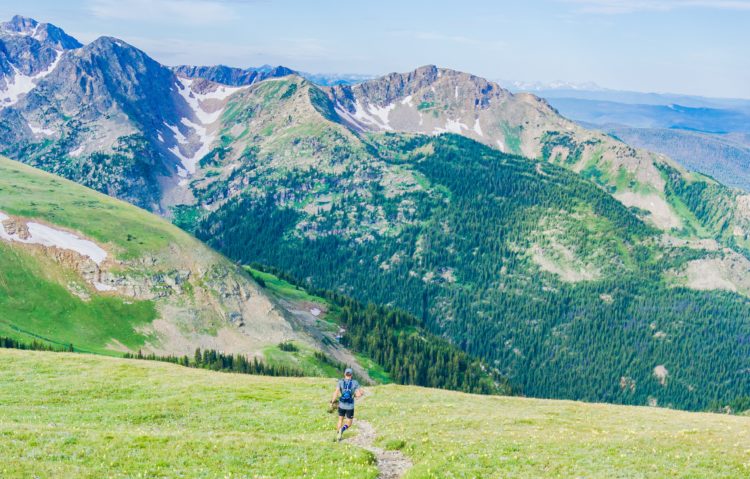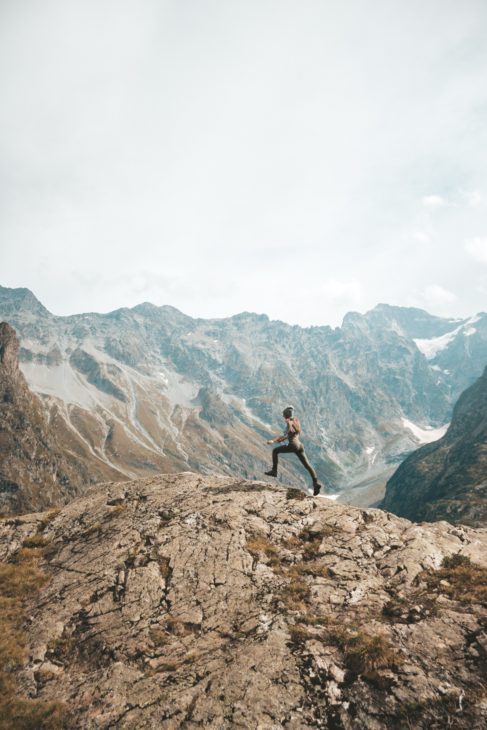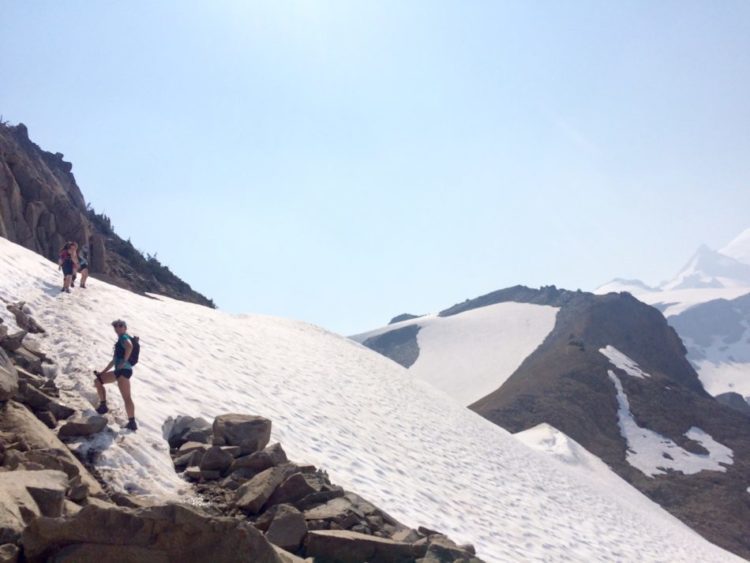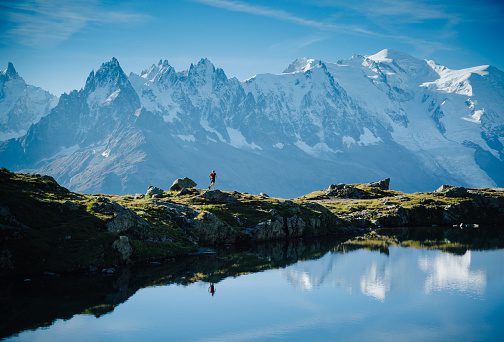How to be a mountain runner in the flatlands
You don't need to live near the hills and mountains to be a successful mountain runner

It’s alpine season, and according to Instagram, it seems as though everyone is running in the mountains like it’s their job. If you don’t live anywhere near the sights of your latest social media feed, fear not. The good news is that you don’t need to have endless access to the mountains if you want to be a strong and efficient uphill runner. If you’re unsure how to get the most out of your trail running training in the flatlands, check out these tips:
WATCH: How to train for a 100K mountain race in Edmonton

1. Focus on fitness
You can’t fake fitness, and uphill running requires you to be fit. If you’re training for a long distance race in the mountains, running fitness matters. Vert is real, but it doesn’t need to be the most important aspect of your training. Focusing too much on uphill running during a training cycle will not benefit you as much as training for top fitness and speed. A track star is much more likely to excel at a vertical kilometre race than someone who spends endless hours moving at lower intensity in the mountains.
In other words, your muscles adapt more efficiently from training your lungs, than your lungs will from training only on big climbs. If you’re nowhere near the mountains, terrain-specific training can be left for the final stages of a training block. Leading up to that, focus on endurance and top-speed running fitness.
RELATED: The accidental Canadian mountain running champ

2. Be purposeful
During the week, many athletes do not have time to get into the hills and mountains. Whether it’s a parking lot hill, a gradual incline on a road, or a treadmill, be purposeful with the hills you do have access to. Even if options are limited for you on the weekends, short bursts (20- to 30-second relaxed strides) in the middle or at the end of easy runs can help train your hill-running economy in the flatlands.
If do not have access to hills even on the weekends, find a hill (doesn’t need to be steep) that you can run at moderate to hard effort for a minimum of five minutes. (Even a treadmill works.) Try 2-4 x 10-15 minutes at 10K effort on 10 per cent grade.
Being purposeful on the uphills also means running with purpose on the downhills. In races, what goes up, almost always comes down. Training to be an uphill runner also means training eccentric muscles for the descents.

3. Never forget the chain
Training for uphill running in the flatlands is not impossible. Trail runners are usually not the biggest fans of indoor activity centres (also known as gyms). But functional exercises in the gym can do wonders for uphill strength in the mountains. It’s all about strenthening the posterior chain, explains Hilary Spires, trainer, coach, and creator of Trail Running Women Podcast. Think deadlifts, single leg deadlifts, squats, box step-ups, glute bridges, hamstring curls, and rows.


